The world of blockchain technology is vast and complex, filled with innovations that promise to revolutionize numerous industries. At the heart of this technological frontier is a tool essential for developers, enthusiasts, and professionals alike—the blockchain explorer. This comprehensive guide aims to demystify the blockchain explorer, shedding light on its features, workings, and significance in the blockchain ecosystem.
What is a Blockchain Explorer?
A blockchain explorer is a web application that operates as a search engine and analytics platform for blockchain networks. It allows users to obtain detailed information about specific blocks, transactions, addresses, and other blockchain components. Think of it as a public ledger accessible to anyone looking to explore the intricacies of blockchain transactions and activities.
Key Features of Blockchain Explorers
Blockchain explorers are equipped with several features that make navigating the blockchain ecosystem more transparent and accessible.
Transaction History
This feature allows users to view the history of transactions over the blockchain. By entering a transaction ID, one can access details such as the sender and receiver addresses, transaction amount, fees, and timestamps.
Address Balances
Blockchain explorers enable the viewing of all transactions associated with a particular address, making it easy to track the balance and transaction history of any wallet.
Block Information
Users can explore the specifics of each block, including its height, the number of transactions it contains, its size, and the miner who added it to the blockchain.
Network Activity and Statistics
Explorers provide a holistic view of the blockchain’s health and activity by displaying statistics like transaction volume, network hash rate, and the total number of blocks mined.
How Blockchain Explorers Work
Blockchain explorers work by connecting to nodes within the blockchain network and fetching data directly from the blockchain’s distributed ledger. Here’s how they operate in a detailed, step-by-step manner:
- Node Connection: Blockchain explorers start by connecting to one or more nodes in the blockchain network. Nodes are critical components that maintain a copy of the blockchain, verify transactions, and relay information across the network.
- Data Fetching: After establishing a connection with the nodes, the explorer fetches data blocks, transactions, and other relevant information from the blockchain. This data is often extensive and includes every transaction ever made on the given blockchain.
- Data Parsing: The raw blockchain data fetched from the nodes is not in a user-readable format. Blockchain explorers parse this data, which involves breaking it down into manageable and understandable pieces. They convert hexadecimal data, binary data, and other technical formats into human-readable information.
- Indexing Information: To ensure that the parsed data can be quickly retrieved for search queries, blockchain explorers index the information. Indexing involves organizing the data in a manner that makes it easily accessible, allowing for fast search queries. This could involve creating indexes for block heights, transaction IDs, wallet addresses, and timestamps.
- Creating APIs: Blockchain explorers often use APIs (Application Programming Interfaces) to facilitate the interaction between the parsed data and the user interface. APIs allow developers to build applications that can fetch and display blockchain data without needing direct access to the nodes.
- User Interface (UI): The blockchain explorer displays the indexed and parsed data through a user-friendly interface. Users can search for transaction IDs, wallet addresses, and block numbers to find specific information about transactions, balances, and block details. The UI typically includes dashboards and search bars to ease navigation.
- Continuous Synchronization: Blockchain is a continuously growing ledger. To provide up-to-date information, blockchain explorers need to synchronize constantly with the latest blocks and transactions being added to the chain. This necessitates real-time data fetching and indexing to keep the explorer’s database current.
- Analytics and Visualization Tools: Beyond simple data retrieval, many blockchain explorers offer analytics and visualization tools that help users understand broader trends and activities on the blockchain. These tools can include charts representing transaction volume, network hash rate, mining difficulty, and other vital statistics.
- Security Measures: Due to the sensitivity of blockchain data, explorers implement various security measures to protect their systems against unauthorized access and cyber threats. This includes secure communication protocols, access controls, and regular security audits.
Through these intricate processes, blockchain explorers play a crucial role in demystifying blockchain data, making it accessible and understandable for developers, investors, and the general public.
The Importance of Blockchain Explorers
Blockchain explorers play a crucial role in enhancing the transparency and reliability of blockchain networks.
Transparency and Trust
By making every transaction traceable and public, blockchain explorers foster a level of transparency that builds trust among users and participants in the network.
Accessibility for Users
Explorers demystify the blockchain for non-technical users, providing a gateway to understand and interact with the technology without needing deep technical knowledge.
Popular Blockchain Explorers
There are several blockchain explorers available, catering to different blockchain networks. Some of the most well-known include Blockchain.com Explorer for Bitcoin, Etherscan for Ethereum, and Blockchair which supports a variety of blockchains.
Future Developments in Blockchain Exploration
The future of blockchain exploration looks promising, with continuous improvements aimed at enhancing user experience, increasing data privacy, and expanding the range of searchable blockchain networks and data types.
Conclusion
Blockchain explorers are invaluable tools in the blockchain ecosystem, offering clarity and accessibility to the complex world of blockchain. Whether you’re a developer, investor, or just a curious enthusiast, understanding how to use these explorers can significantly enhance your blockchain experience.
FAQ Section
How can someone use a blockchain explorer to track a transaction?
By entering the transaction ID into the explorer’s search bar, one can access comprehensive details about the transaction, including its status, inputs, and outputs.
What information can you find about a block on a blockchain explorer?
Information includes the block’s height, the time it was mined, transactions contained within the block, and the total amount transferred.
Are blockchain explorers only available for Bitcoin and Ethereum?
No, there are blockchain explorers for virtually every major blockchain network, including Litecoin, Ripple, and many others.
How do blockchain explorers ensure the privacy of transactions?
While blockchain explorers make transaction data public, they do not reveal the identities of the individuals behind wallet addresses, thereby maintaining a level of privacy.
What are the limitations of using a blockchain explorer?
Limitations include the potential for information overload for new users, privacy concerns related to the traceability of transactions, and the need for technical understanding to interpret data correctly.
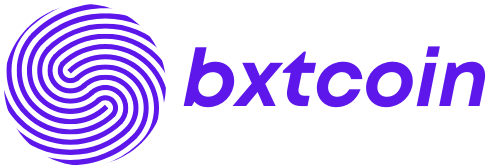

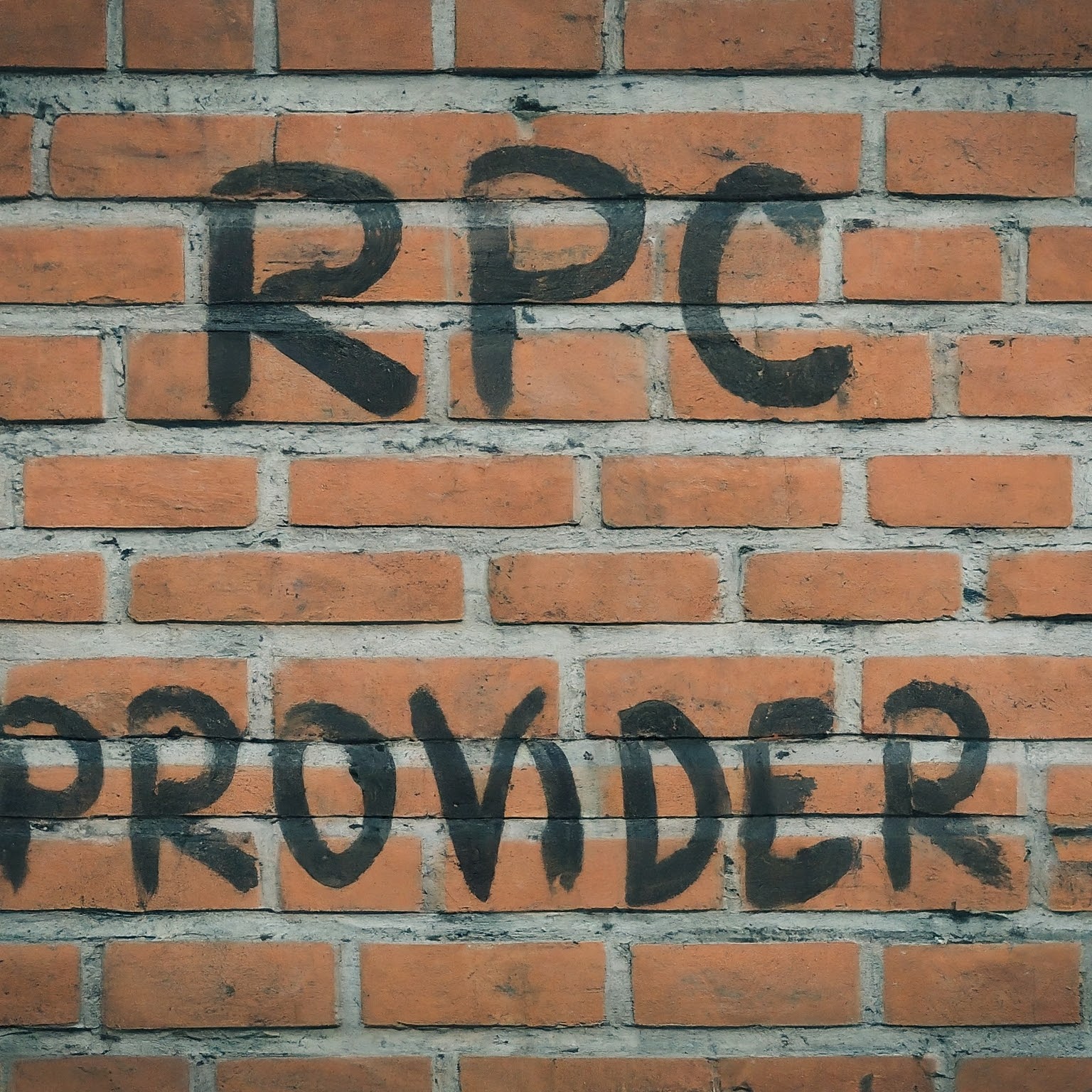
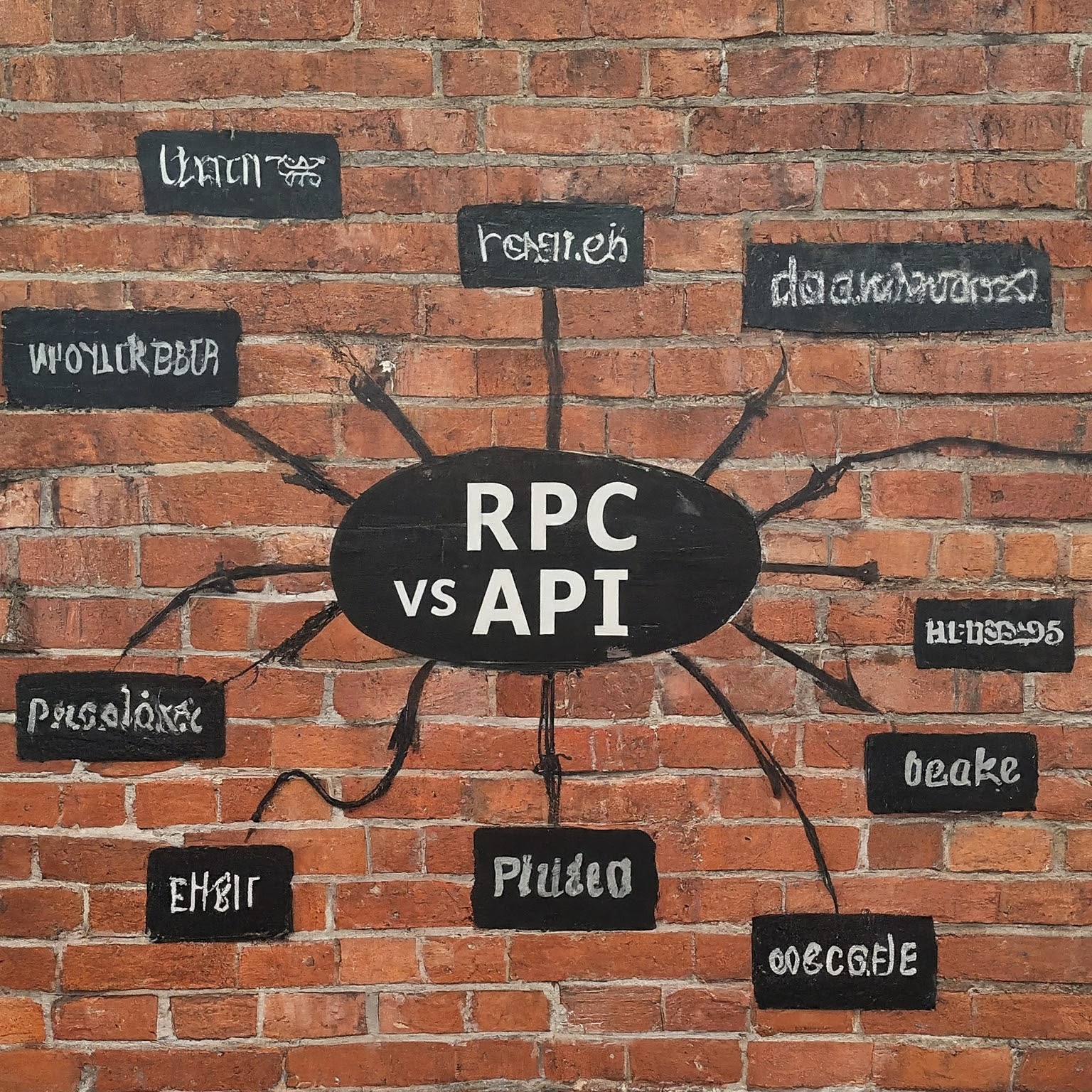
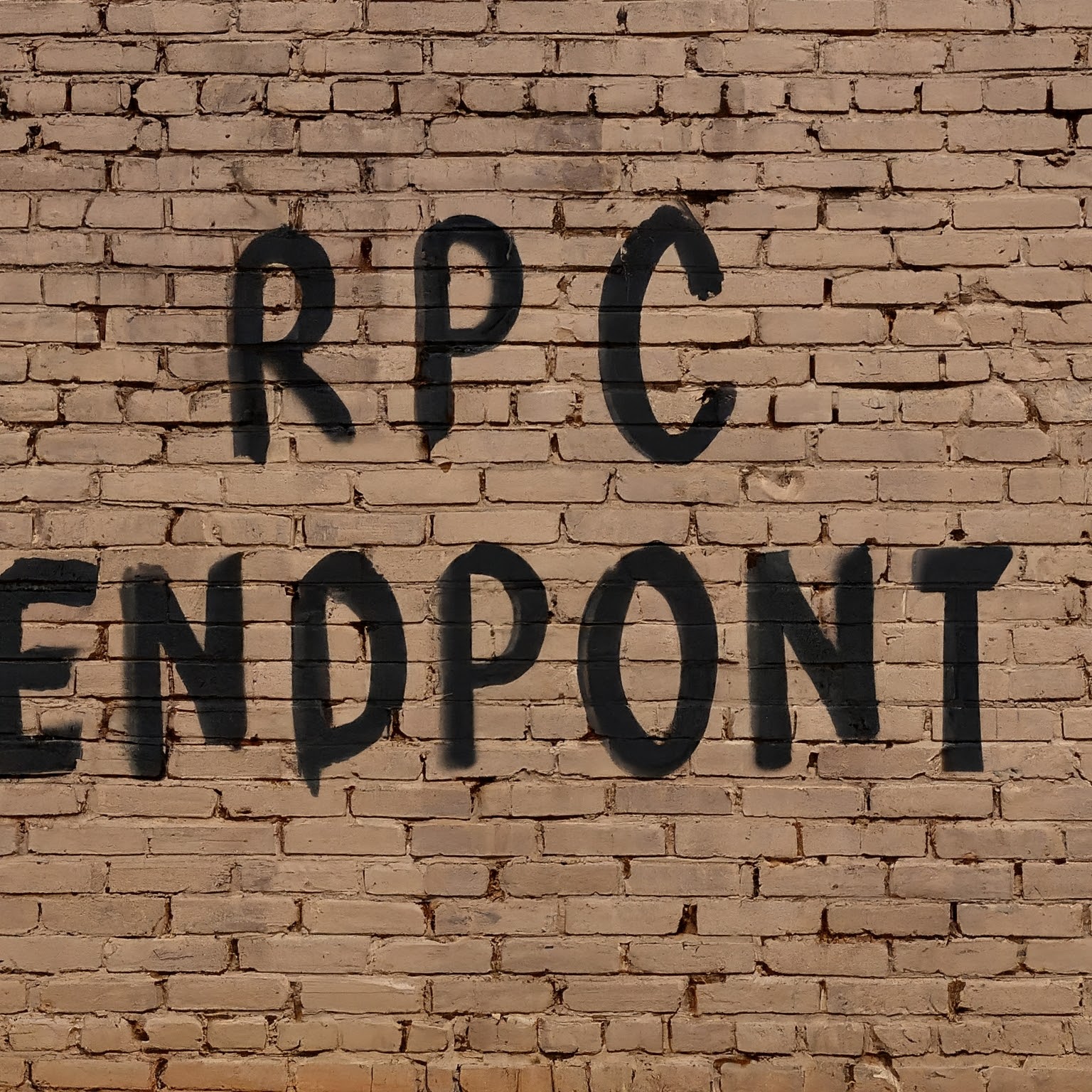

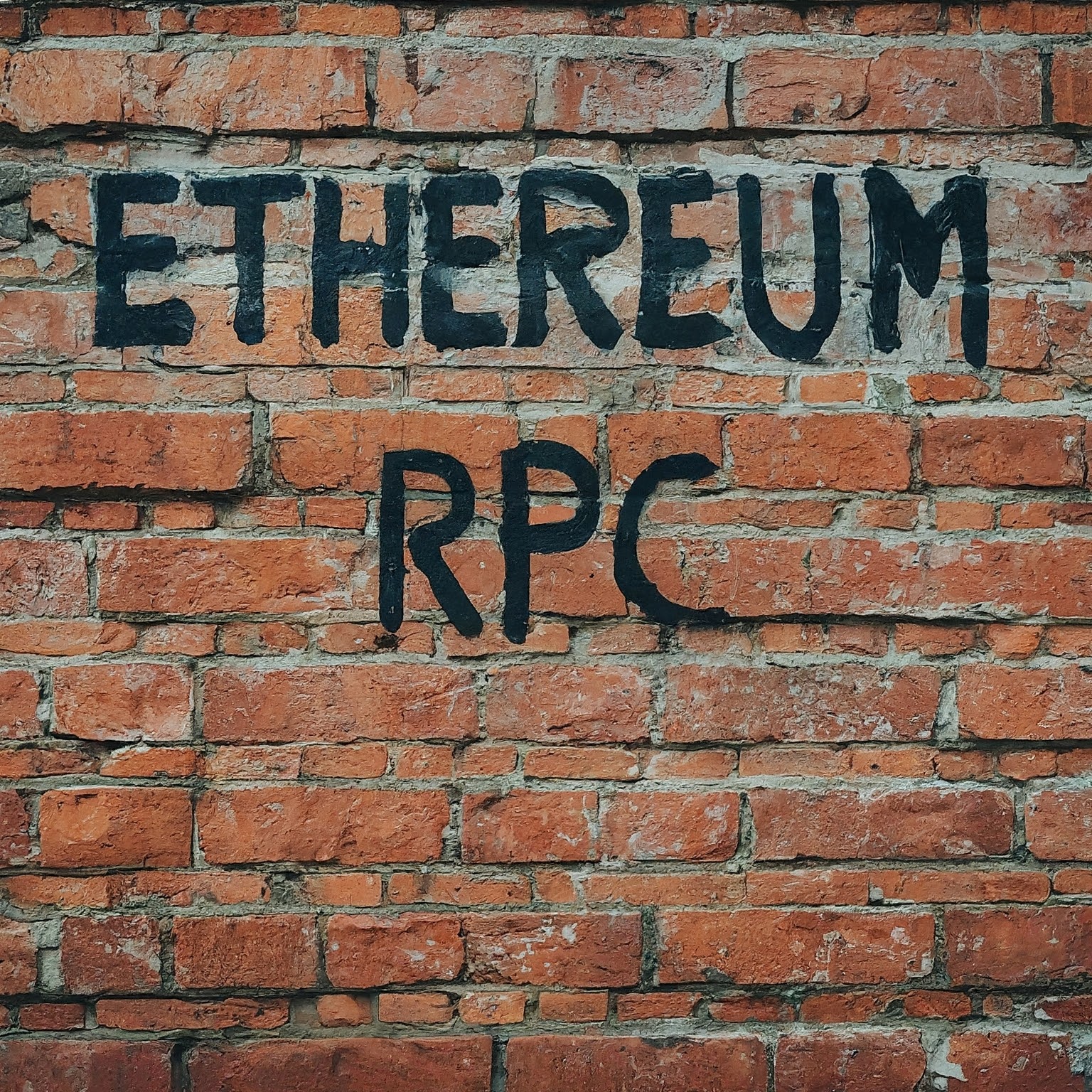
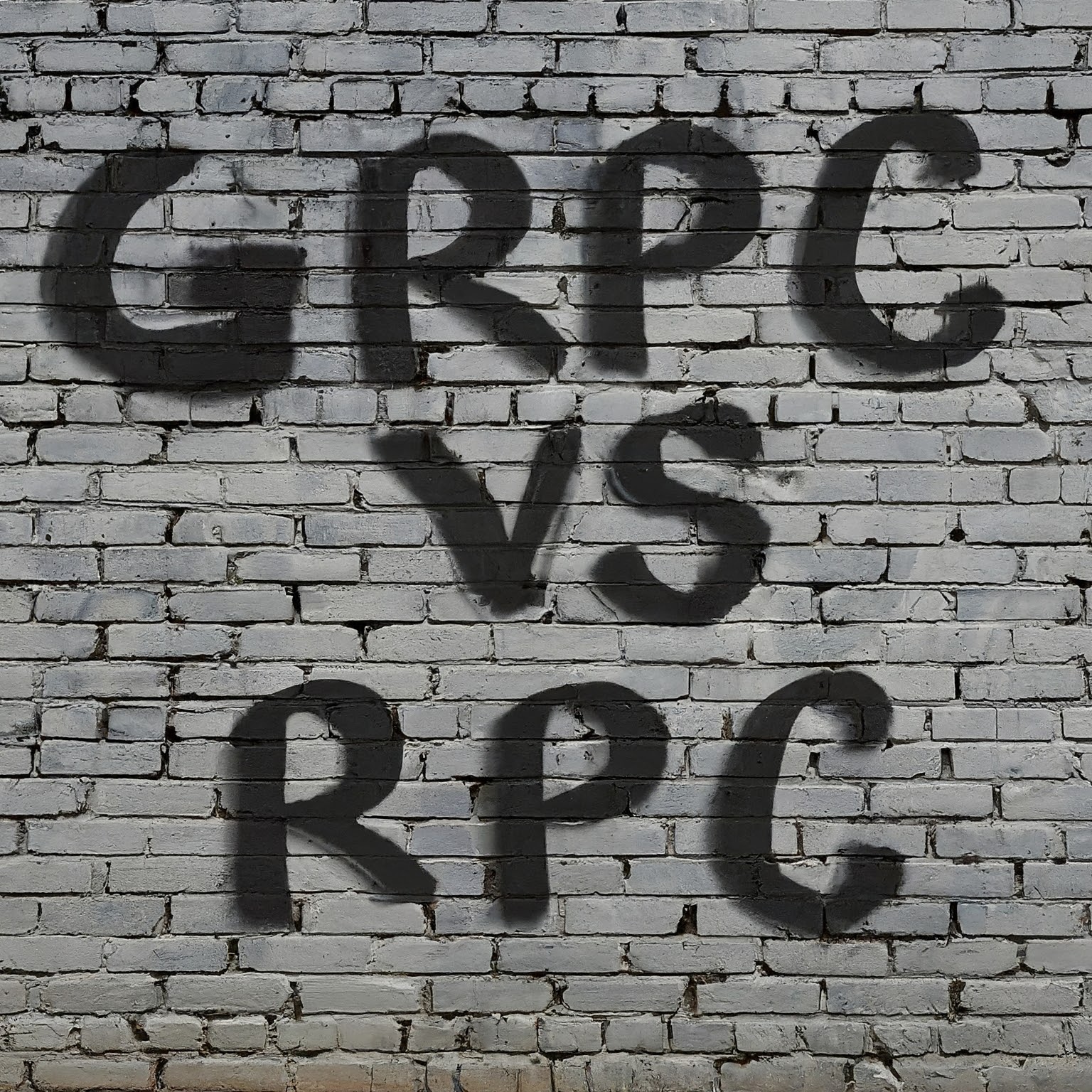
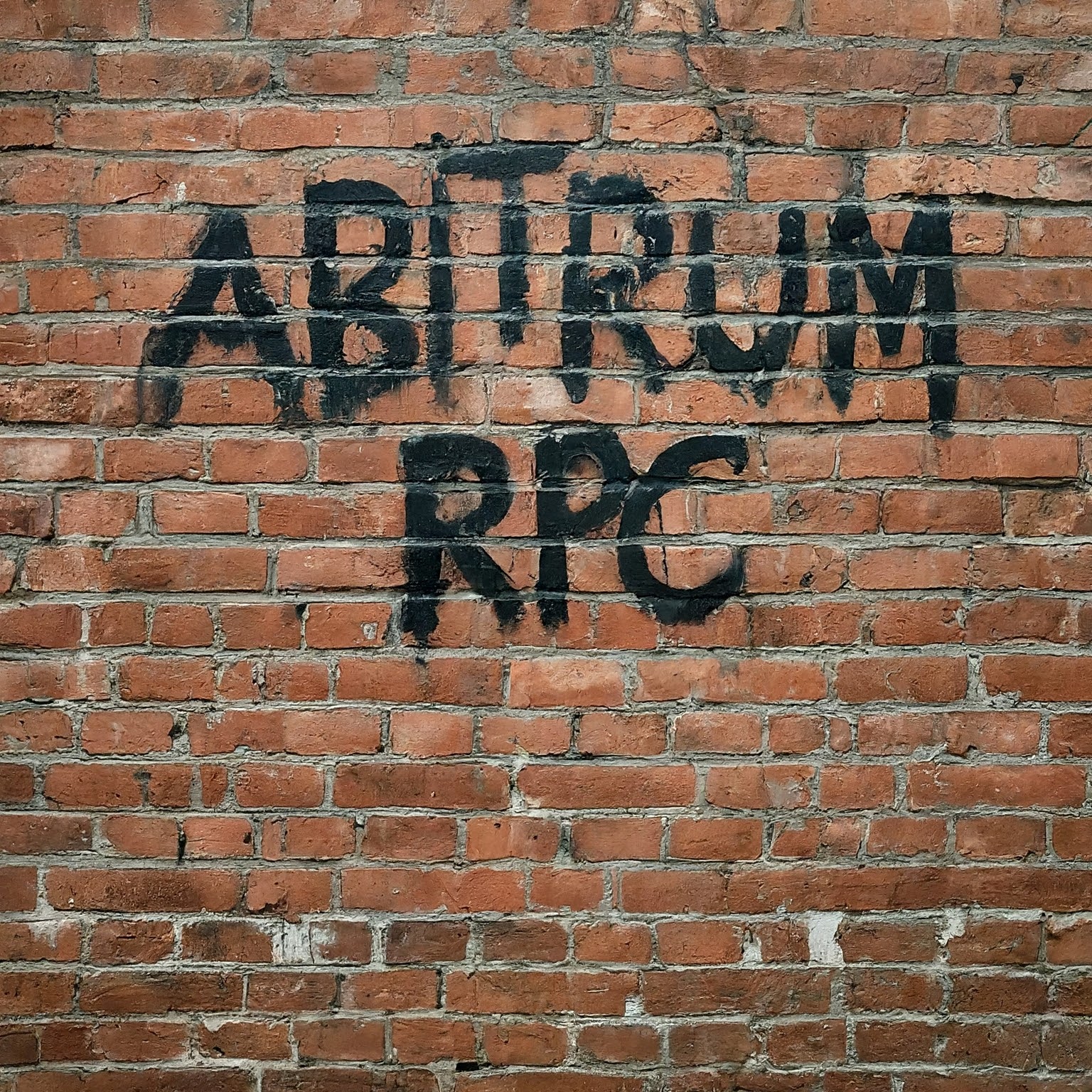

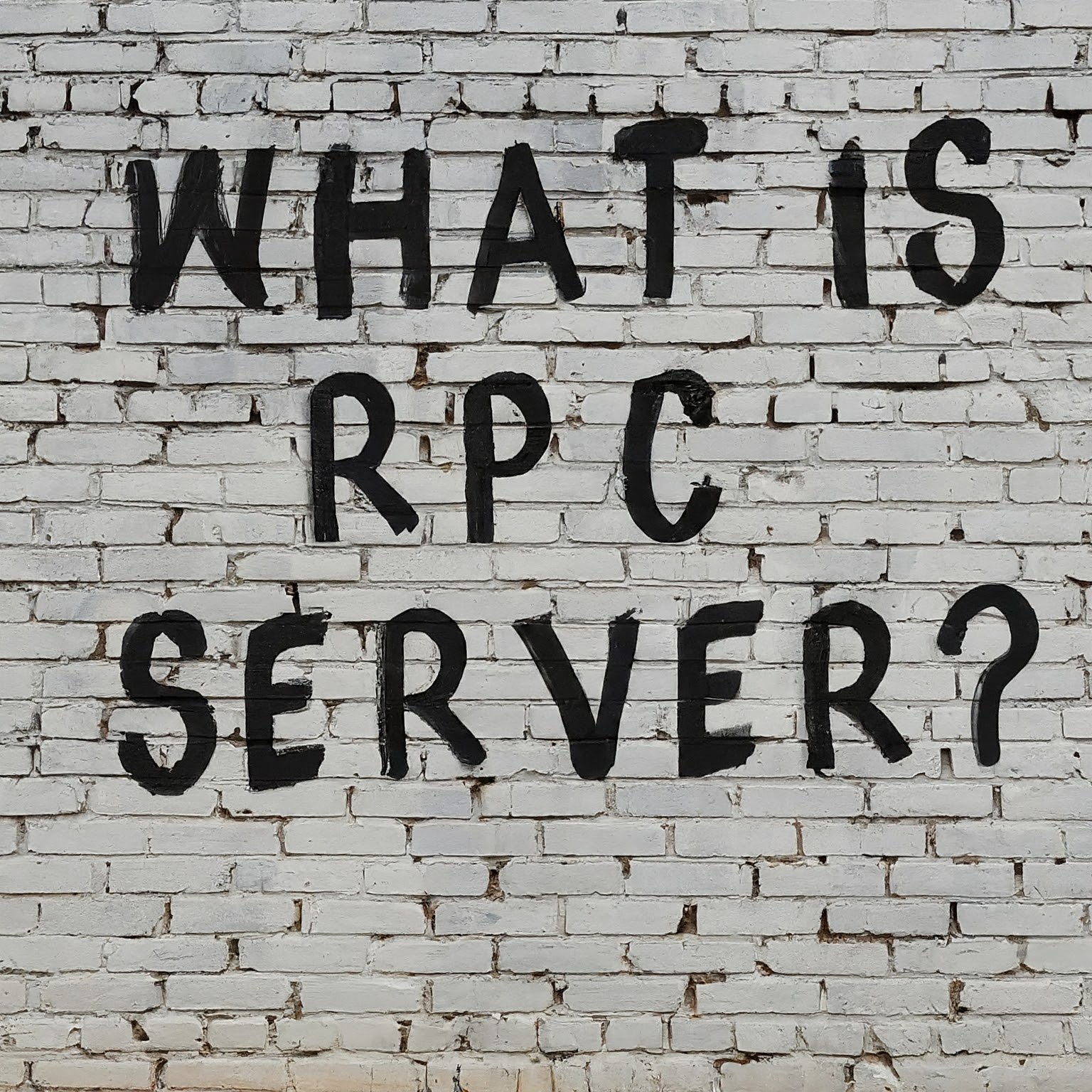

Leave a Reply
You must be logged in to post a comment.